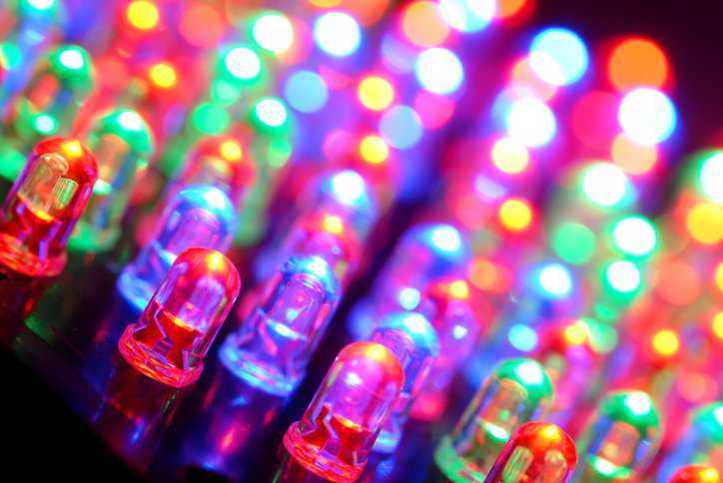Light Emitting Diodes (LEDs) are increasingly being introduced into the lighting market; as such, solid state lighting (SSL) is becoming the norm, largely due its energy saving benefits. Currently, lighting consumes 22% of all electricity consumed in the U.S., and white LED sources can be over twice as energy-efficient as fluorescent lamps. Thus, SSL offers the nation an energy saving solution, helping reduce the total energy spent by lighting. ANSI C78.377-2024: Electric Lamps -Specifications for the Chromaticity of Solid-State Lighting (SSL) Products covers the range of chromaticities recommended for general solid-state lighting (SSL) products so that the white light chromaticities of the products can be communicated to consumers.
Chromaticity of Solid-State Lighting (SSL)
The “chromaticity of solid-state lighting (SSL)” refers to the color characteristics, such as color variation and consistency, of light emitted by solid-state lighting sources (e.g., LED bulbs). Solid-state lighting sources are defined by their color temperature (CCT) and color rendering index (CRI), which basically indicate how accurately the light source renders the colors of objects compared to natural daylight. The CRI is measured and specified using the CIE color space on a chromaticity diagram, allowing for precise control and evaluation of the color quality of SSL products.
What Is ANSI C78.377?
ANSI C78.377-2024 specifies the range of chromaticities recommended for general lighting with solid-state lighting (SSL) products. This American National Standard is used to communicate the white color of indoor illumination between LED users and manufacturers.
ANSI C78.377-2024 applies to LED lamps, LED light engines, and LED luminaires for general lighting applications and may apply more broadly.
This standard does not apply to lighting fixtures sold without a light source; it does not apply to SSL products for some indoor applications that intentionally produce colored light.
What Are the Changes in the 2024 Version of ANSI C78.377?
In this 2024 revision to ANSI C78.377, specifications for nominal CCTs of 2000K and 1800K are added to cover LED products for some outdoor and special indoor applications, based on the proposed expanded quadrangles of Esposito and Radetsky [2023]. These additions are driven by market needs for standard chromaticity specifications in this chromaticity region. Annex F, Specifications for 2000K and 1800K (Informative), provides more information.
What Are Solid-State Lighting (SSL) Products?
Solid-state lighting (SSL) products are light sources that use semiconductors to convert electricity into light, such as light-emitting diodes (LEDs), organic light-emitting diodes (OLEDs), or polymer light-emitting diodes (PLEDs). SSL provides substantial energy savings and better light quality.
Benefits of SSL Lighting
The rise of new, energy efficient SSL systems offers many benefits:
- Energy efficiency – SSL is approximately five times as efficient as incandescent lighting, and is usually more than twice as efficient as technologies such as fluorescent, metal halide, or high‐pressure sodium lighting. The average household can save around $225 per year on energy costs by using LED lighting.
- Very long life – The lifetime of SSL compares very favorably with most other lighting technologies as, for instance, SSL can last up to 50 times longer than incandescent bulbs. as claims of up to 50,000 hours of lifetime operation are common for SSL. Dependent on the amount of daily use, SSL systems can translate into a decade or more of operation.
- Directional light – LED lighting is by nature directional, which makes it easy to place light exactly where it is meant to fall. In the same vein. SSL offers precise color tuning and customizable color mixing, offering better quality light.
ANSI C78.377-2024: Electric Lamps -Specifications for the Chromaticity of Solid-State Lighting (SSL) Products is available on the ANSI Webstore.
